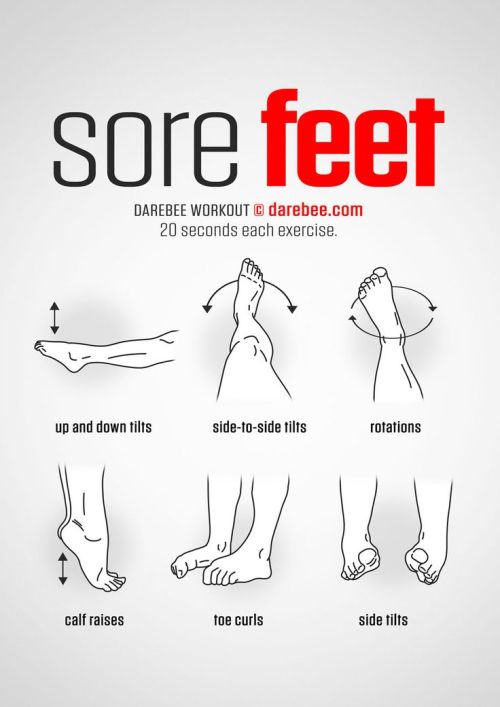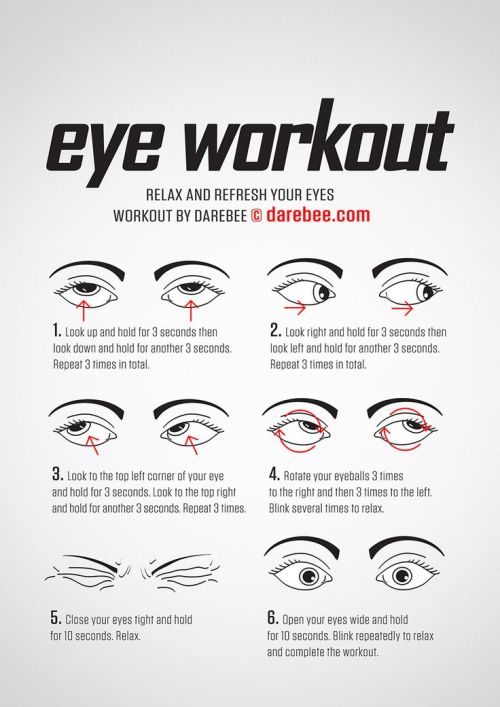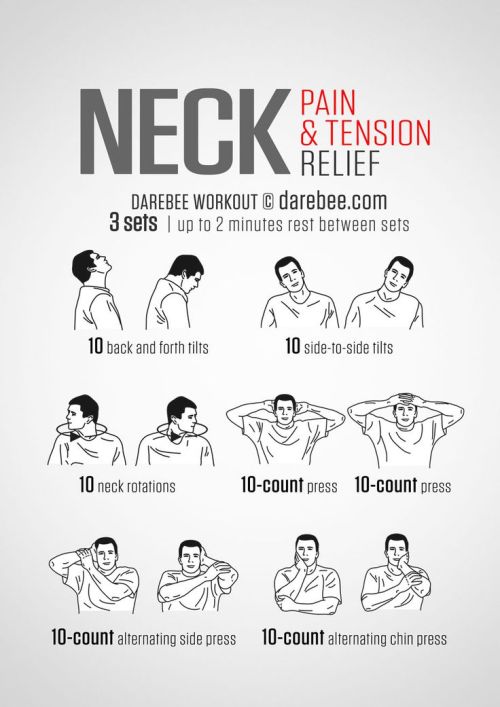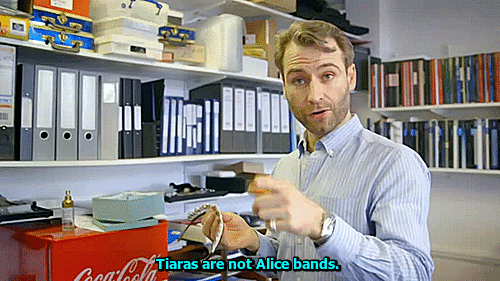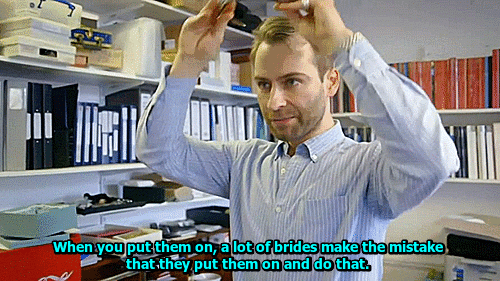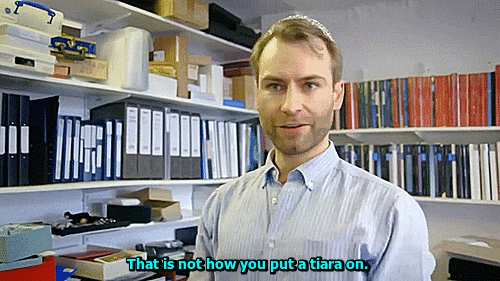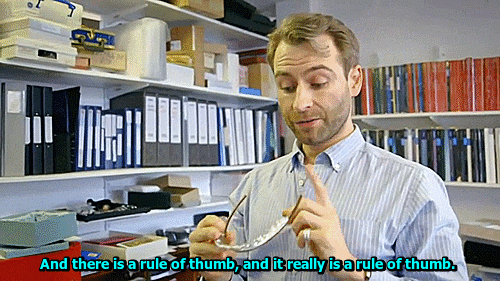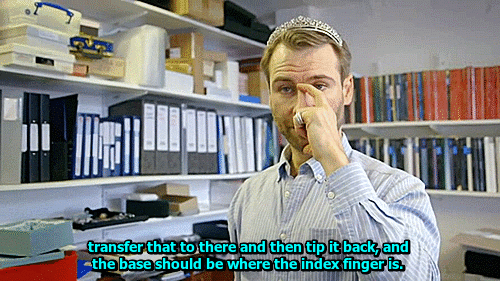Hey There! Your Actually One Of My Inspiration For Art! I Really Like How Realistically Shaded The Backgrounds
Hey there! Your actually one of my inspiration for art! I really like how realistically shaded the backgrounds are and everything! Do you have any tips for shading in digital art?
Hey, I appreciate it, thank you! There are lots of things that go in to making a good background but this is the main idea that made backgrounds click for me:

Hopefully you'll agree that of these two shapes, the one on the right feels more 'real', despite the fact neither of these shapes are meant to represent anything. The shape on the right just has a noise filter and a faint light-to-dark gradient from top to bottom. Those two things create movement on a small scale (the noise) and on a large scale (the gradient). The presence of that sort of movement is what gets your brain to register something as real.


Here I've taken the shape and given it a new environment, a colour and then a gradient. The shape with the movement feels a little more natural in its environment, I think.


Then directly on top of that, I can start creating small scale movement, like the noise, through brush strokes. At first (on the left) the brushstrokes look quite out of place and unnatural. But as you work in to the surface more, creating more and more overlapping brushstrokes of various sizes and directions - all while trying to maintain the sense of that gradient - the strokes will start to more naturally integrate in to each other, creating a bed on to which other elements will lay naturally.


Here I give this abstract shape some context by painting some cracks and decay on it. These new elements create movement by giving our eyes more shapes to latch on to and jump between. I then added a pattern to it. This pattern adds more movement and reinforces the light effect by adhering to the gradient (getting darker at the same rate the wall does).

You can see I use this idea all through this picture. I make sure in any section there is always some kind of movement of light, whether its left-to-right, or top-to-bottom, corner-to-corner etc. Patterns like the woodgrain on the drawer or the textile of the curtain create additional movement and reinforce the dimensions of their respective forms by adhering to them. Bit rambly but I hope there's something useful in there!
More Posts from A-mess-of-links and Others



Red Trees is a very sweet horror story where you search for a monster that’s terrifying a little town.
Read More & Play The Full Game, Free (Windows)
I would like to address something that has come up several times since I relaunched my computer recommendation blog two weeks ago. Part of the reason that I started @okay-computer and that I continue to host my computer-buying-guide is that it is part of my job to buy computers every day.
I am extremely conversant with pricing trends and specification norms for computers, because literally I quoted seven different laptops with different specs at different price-points *today* and I will do more of the same on Monday.
Now, I am holding your face in my hands. I am breathing in sync with you. We are communicating. We are on the same page. Listen.
Computer manufacturers don't expect users to store things locally so it is no longer standard to get a terabyte of storage in a regular desktop or laptop. You're lucky if you can find one with a 512gb ssd that doesn't have an obnoxious markup because of it.
If you think that the norm is for computers to come with 1tb of storage as a matter of course, you are seeing things from a narrow perspective that is out of step with most of the hardware out there.
I went from a standard expectation of a 1tb hdd five years ago to expecting to get a computer with a 1tb hdd that we would pull and replace with a 1tb ssd to expecting to get a computer that came with a 256gb ssd that we would pull and replace with a 1tb ssd, to just having the 256gb ssd come standard and and only seeking out more storage if the customer specifically requested it because otherwise they don't want to pay for more storage.
Computer manufacturers consider any storage above 256gb to be a premium feature these days.
Look, here's a search for Lenovo Laptops with 16GB RAM (what I would consider the minimum in today's market) and a Win11 home license (not because I prefer that, but to exclude chromebooks and business machines). Here are the storage options that come up for those specs:

You will see that the majority of the options come with less than a terabyte of storage. You CAN get plenty of options with 1tb, but the point of Okay-Computer is to get computers with reasonable specs in an affordable price range. These days, that mostly means half a terabyte of storage (because I can't bring myself to *recommend* less than that but since most people carry stuff in their personal cloud these days, it's overkill for a lot of people)
All things being equal, 500gb more increases the price of this laptop by $150:

It brings this one up by $130:

This one costs $80 more to go from 256 to 512 and there isn't an option for 1TB.

For the last three decades storage has been getting cheaper and cheaper and cheaper, to the point that storage was basically a negligible cost when HDDs were still the standard. With the change to SSDs that cost increased significantly and, while it has come down, we have not reached the cheap, large storage as-a-standard on laptops stage; this is partially because storage is now SO cheap that people want to entice you into paying a few dollars a month to use huge amounts of THEIR storage instead of carrying everything you own in your laptop.
You will note that 1tb ssds cost you a lot less than the markup to pay for a 1tb ssd instead of a 500gb ssd

In fact it can be LESS EXPENSIVE to get a 1tb ssd than a 500gb ssd.

This is because computer manufacturers are, generally speaking, kind of shitty and do not care about you.
I stridently recommend getting as much storage as you can on your computer. If you can't get the storage you want up front, I recommend upgrading your storage.
But also: in the current market (December 2024), you should not expect to find desktops or laptops in the low-mid range pricing tier with more than 512gb of storage. Sometimes you'll get lucky, but you shouldn't be expecting it - if you need more storage and you need an inexpensive computer, you need to expect to upgrade that component yourself.
So, if you're looking at a computer I linked and saying "32GB of RAM and an i7 processor but only 500GB of storage? What kind of nonsense is that?" Then I would like to present you with one of the computers I had to quote today:

A three thousand dollar macbook with the most recent apple silicon (the m4 released like three weeks ago) and 48 FUCKING GIGABYTES OF RAM with a 512gb ssd.
You can't even upgrade that SSD! That's an apple that drive isn't going fucking anywhere! (don't buy apple, apple is shit)
The norms have shifted! It sucks, but you have to be aware of these kinds of things if you want to pay a decent price for a computer and know what you're getting into.



Here's what's gonna happen. You're gonna take 4 russet potatoes. You're gonna peel them and dice them. You're gonna set them in a bowl of cold water so they don't oxidize. Then you're gonna cook a half pound of bacon until crispy and set it aside. You're gonna melt 4 tablespoons of butter in a dutch oven. No more, no less. Add some diced onion and garlic to that. Saute it for a couple minutes. Then you're gonna add 4 tablespoons of flour and make a roux. You're gonna add 3 cups of milk to the roux. Slowly. Don't get in a hurry. Then add 3 cups of chicken stock. Add plenty of salt and pepper. Bring it to a boil. Add your potatoes in. Let that simmer for 20 minutes. Then you're gonna add some sour cream, the chopped up bacon from earlier, and some grated cheddar. You're gonna stir that together for 5 minutes. And then garnish it with a little green onion and shredded cheddar. You got it?


refseek.com

www.worldcat.org/

link.springer.com

http://bioline.org.br/

repec.org

science.gov

pdfdrive.com
F*c&!ng First Aid: A Quick Guide to Common Sex Injuries

New from our founder, Heather Corinna, a guide for those sexual times that wind up more “ow” than “oooh.”
It’s remarkably easy to hurt ourselves in the pursuit of feeling good. From genital abrasions to broken skin to pulled muscles to infections to allergic reactions, even fractures or breaks, exploring our bodies and their capacities sexually can sometimes mean finding out what’s past a bodies’ limits. We can think there was enough lube, but who among us (cough) hasn’t found out at least once that there wasn’t? We can forget that when it feels to us like we couldn’t possibly get enough of something, our body parts may have an entirely different and considerably threshold (um). Heck, you can hurt yourself just getting a date a glass of water (says my once-broken toe, bitterly).
For whatever reason (probably a combination of ableism, totally inhumane sexual ideals and maybe some leftover stuff from our DNA way back when we lived a wilder existence), if and when people get hurt during sex, they often feel ashamed or embarrassed, like they have ruined something. Getting hurt in our bodies is as acceptable an experience as feeling good in them. It’s not “weak” to get hurt, and it doesn’t mean anyone failed at anything, it just means we’re living in the body of a mere mortal, not a sexual superhero. So, if some kind of sex injury happens to you or a partner, don’t get hung up in negative feelings about it. Instead, turn your attention to yourself or whoever got hurt. Not only might you or they need physical care, caring for ourselves and each other in attentive, tender ways is only likely to enhance our sexual experiences and the ways we connect to ourselves or one another through them. This kind of care, much like general sexual aftercare, can be something that is a highlight of a sexual experience, even when something painful or bummerful happened which that care is centered around.
This simple guide covers the most common sexual injuries for people in the age group we serve, what needs to be done when and after they have happened, and how you can best prevent them. Read F*c&!ng First Aid: A Quick Guide to Common Sex Injuries over at Scarleteen.


refseek.com

www.worldcat.org/

link.springer.com

http://bioline.org.br/

repec.org

science.gov

pdfdrive.com
-
 alatintm liked this · 2 weeks ago
alatintm liked this · 2 weeks ago -
 r0tt3n-m3m0r1es liked this · 2 weeks ago
r0tt3n-m3m0r1es liked this · 2 weeks ago -
 ari-doodles-stuff liked this · 3 weeks ago
ari-doodles-stuff liked this · 3 weeks ago -
 article-zero reblogged this · 3 weeks ago
article-zero reblogged this · 3 weeks ago -
 thedevilnamedjj liked this · 3 weeks ago
thedevilnamedjj liked this · 3 weeks ago -
 cass-cc reblogged this · 3 weeks ago
cass-cc reblogged this · 3 weeks ago -
 cass-cc liked this · 3 weeks ago
cass-cc liked this · 3 weeks ago -
 moodside-swing reblogged this · 3 weeks ago
moodside-swing reblogged this · 3 weeks ago -
 peebbotimme liked this · 4 weeks ago
peebbotimme liked this · 4 weeks ago -
 silly-slacker-person liked this · 4 weeks ago
silly-slacker-person liked this · 4 weeks ago -
 rainbow-grilled-cheese liked this · 1 month ago
rainbow-grilled-cheese liked this · 1 month ago -
 shiiiishhh liked this · 1 month ago
shiiiishhh liked this · 1 month ago -
 academicgangster liked this · 1 month ago
academicgangster liked this · 1 month ago -
 ohhmichelettoohh reblogged this · 1 month ago
ohhmichelettoohh reblogged this · 1 month ago -
 ohhmichelettoohh liked this · 1 month ago
ohhmichelettoohh liked this · 1 month ago -
 chiefofboatwatsonstittymug reblogged this · 1 month ago
chiefofboatwatsonstittymug reblogged this · 1 month ago -
 chiefofboatwatsonstittymug liked this · 1 month ago
chiefofboatwatsonstittymug liked this · 1 month ago -
 bowsersex liked this · 1 month ago
bowsersex liked this · 1 month ago -
 thehappysmiler7 reblogged this · 1 month ago
thehappysmiler7 reblogged this · 1 month ago -
 thehappysmiler7 liked this · 1 month ago
thehappysmiler7 liked this · 1 month ago -
 splittheeadam liked this · 1 month ago
splittheeadam liked this · 1 month ago -
 bakahodge liked this · 1 month ago
bakahodge liked this · 1 month ago -
 krimble reblogged this · 1 month ago
krimble reblogged this · 1 month ago -
 socialprawn liked this · 1 month ago
socialprawn liked this · 1 month ago -
 oculairus liked this · 2 months ago
oculairus liked this · 2 months ago -
 vanillamidnight-us reblogged this · 2 months ago
vanillamidnight-us reblogged this · 2 months ago -
 vanillamidnight-us liked this · 2 months ago
vanillamidnight-us liked this · 2 months ago -
 turntecc-godhead liked this · 2 months ago
turntecc-godhead liked this · 2 months ago -
 fedorasaurus reblogged this · 2 months ago
fedorasaurus reblogged this · 2 months ago -
 fedorasaurus liked this · 2 months ago
fedorasaurus liked this · 2 months ago -
 inkypain liked this · 2 months ago
inkypain liked this · 2 months ago -
 plum2022 liked this · 2 months ago
plum2022 liked this · 2 months ago -
 boomersm liked this · 2 months ago
boomersm liked this · 2 months ago -
 jammed2toast liked this · 2 months ago
jammed2toast liked this · 2 months ago -
 coloursdancebeneaththewaves reblogged this · 2 months ago
coloursdancebeneaththewaves reblogged this · 2 months ago -
 v3-launch-unit reblogged this · 2 months ago
v3-launch-unit reblogged this · 2 months ago -
 v3-launch-unit liked this · 2 months ago
v3-launch-unit liked this · 2 months ago -
 shannonsketches liked this · 2 months ago
shannonsketches liked this · 2 months ago -
 sanzoumon liked this · 2 months ago
sanzoumon liked this · 2 months ago -
 why-is-a-mouse-when-it-spins liked this · 2 months ago
why-is-a-mouse-when-it-spins liked this · 2 months ago -
 molotoph reblogged this · 2 months ago
molotoph reblogged this · 2 months ago -
 comrade-slugcat reblogged this · 2 months ago
comrade-slugcat reblogged this · 2 months ago -
 satansdoggy reblogged this · 2 months ago
satansdoggy reblogged this · 2 months ago -
 satansdoggy liked this · 2 months ago
satansdoggy liked this · 2 months ago -
 topendo liked this · 2 months ago
topendo liked this · 2 months ago -
 justpickupthatpen reblogged this · 2 months ago
justpickupthatpen reblogged this · 2 months ago -
 f-liiix liked this · 2 months ago
f-liiix liked this · 2 months ago -
 magpies-trinket-trove reblogged this · 2 months ago
magpies-trinket-trove reblogged this · 2 months ago -
 semi-good-wizard liked this · 2 months ago
semi-good-wizard liked this · 2 months ago -
 cheese-elite liked this · 2 months ago
cheese-elite liked this · 2 months ago
